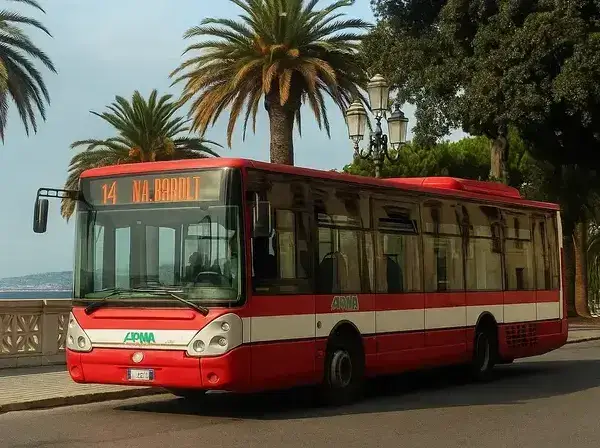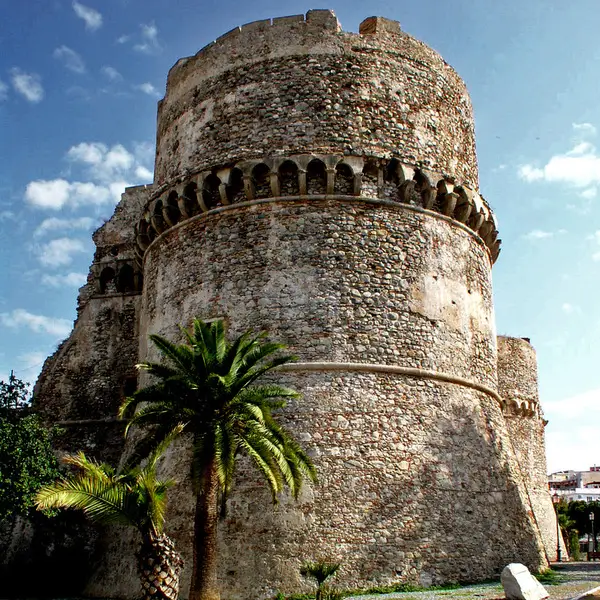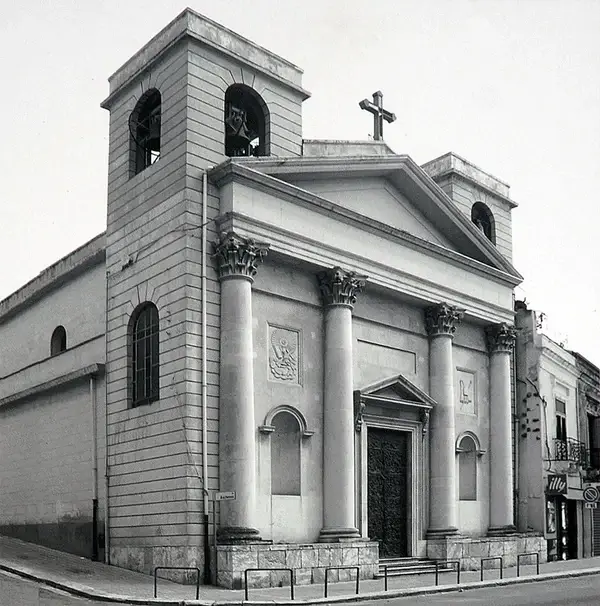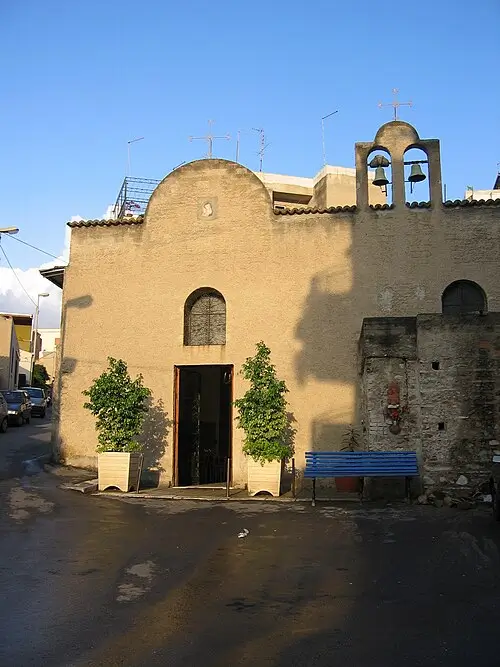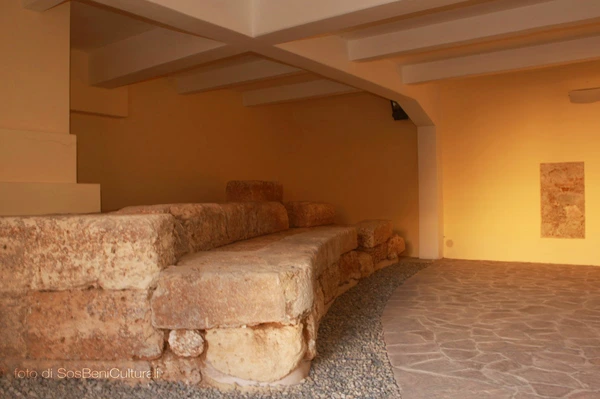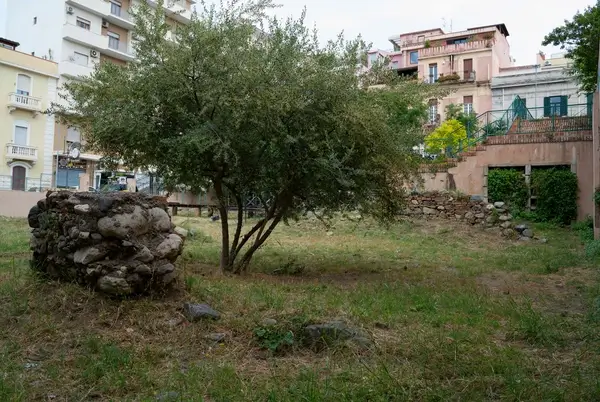A Temple of Art and Memory in the Heart of Reggio Calabria
Where History Meets Modern Art in a Southern Italian Jewel
In the heart of Reggio Calabria, the Palazzo della Cultura Pasquino Crupi stands as a powerful symbol of rebirth and cultural pride. Once a 1930s orphanage, the building was heavily damaged during World War II. Today, it has been beautifully restored and transformed into a vibrant hub of Southern Italian art.
Named after Pasquino Crupi, a leading scholar of Calabrian culture, the palace offers a rich and permanent collection of modern masterpieces. On its three floors, visitors can admire works by great artists of the 20th century, such as De Chirico, Dalí, Carrà, Ligabue, and Fontana. Some pieces were once confiscated from businessman Gioacchino Campolo, now returned to the public and celebrated through art.
But there’s more. Several rooms are dedicated to local talents, with works by Calabrian painters like Bava and Marino. The building also hosts rotating exhibitions, cultural events, and a library filled with rare 18th- and 19th-century books from the collection of Senator Guglielmo Calarco. Visitors will also find an impressive 1784 seismic map that connects science, history, and geography.
On the ground floor lies the Piccolo Museo San Paolo, home to a unique collection of icons from the 14th to the 20th century. In addition, paintings attributed to masters like Antonello di Saliba, Lorenzo Lotto, and Guido Reni enrich the experience. Among the most precious items are sacred silver objects, including a reliquary casket, an ivory box with Santa Rosalia’s image, and a silver ostensorium made by Filippo Juvarra in 1770.
Whether you’re passionate about art, history, or culture, this museum offers something unforgettable.
Plan Your Visit
Step into Palazzo Crupi and uncover the artistic soul of Reggio Calabria.
Eat, Drink & Shop
Looking for a place to eat, grab a drink, or do some quick shopping? Find nearby restaurants, and pubs to make your day easier and tastier.
Quick Essentials
Need to grab medicine, withdraw cash, or buy tobacco products in Reggio Calabria? Find nearby supermarkets, pharmacies, and ATMs with one click to keep your day running smoothly.
Explore Nearly Attractions
Just steps from Palazzo della Cultura Pasquino Crupi, uncover more of Reggio Calabria’s gems and hidden treasures

